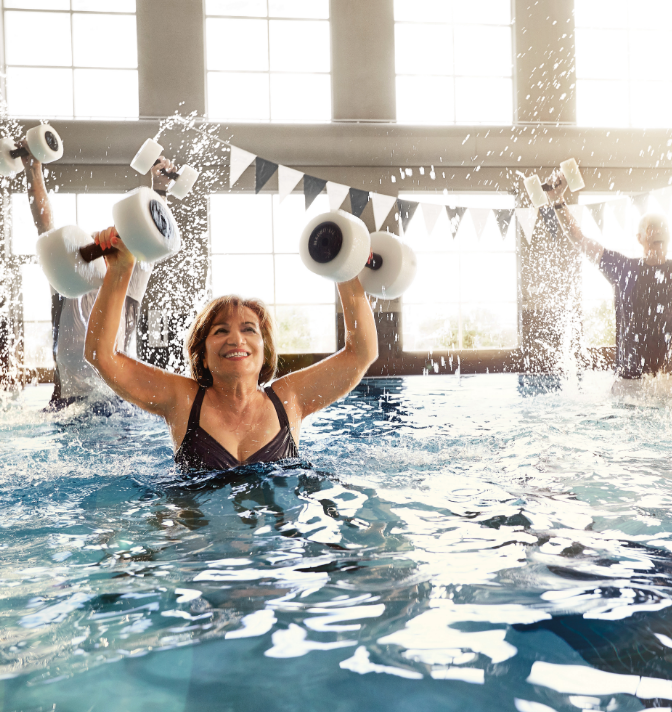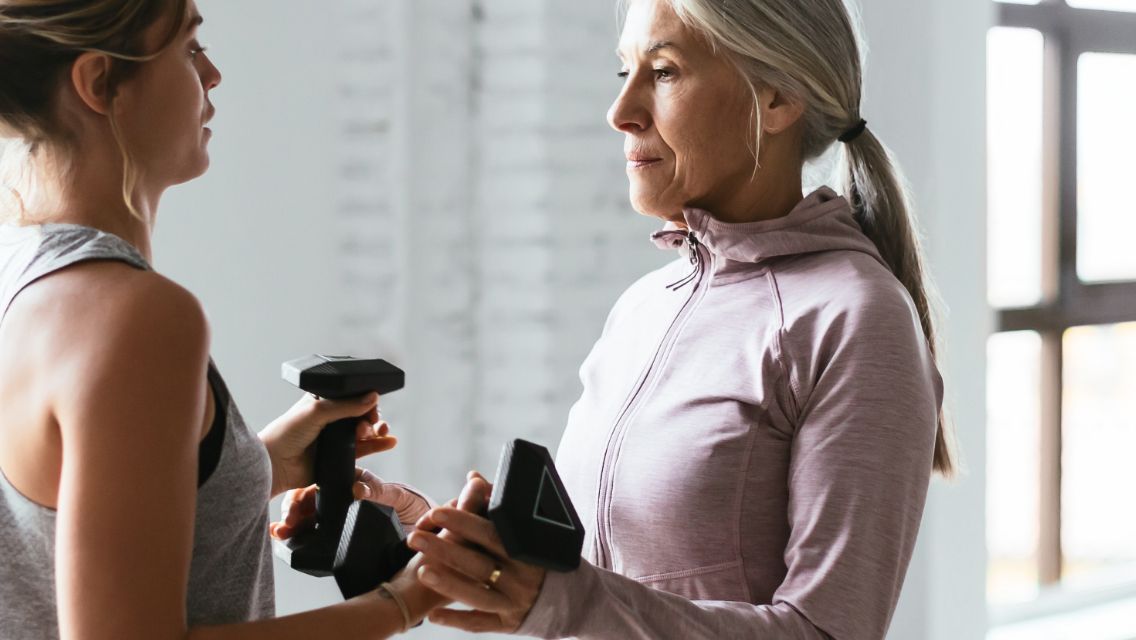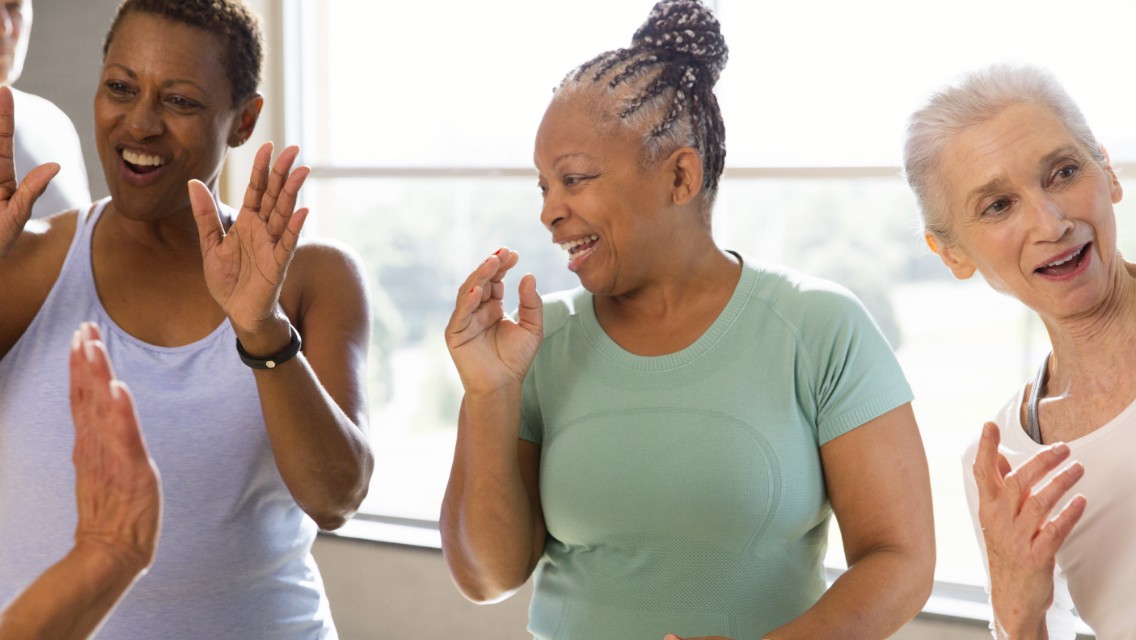More than one in four people aged 65 and older falls each year, according to the Centers for Disease Control and Prevention — and if it happens once, it’s likely to happen again. The resulting injuries can have lasting consequences, including pain, limited mobility, and a decrease quality of life.
“When people are concerned about or fearful of falling, they tend to stop using their bodies for physical activity,” says Danny King, Master Trainer and manager of performance and recovery for Life Time. “But exercising and moving your body plays a huge role in fall prevention by helping improve your balance, posture, mobility, and more.”
The Link Between Posture and Balance
Posture and balance are closely connected. Posture helps you maintain balance, especially when participating in dynamic movements or in a situation where your body is bumped or pushed.
“The goal of proper posture is to keep your head directly over your center of gravity, both front to back and side to side,” says King. “The closer to optimal posture we maintain, the better our ability to sense our body’s movement and location.”
For example, one study shows that if your head sits forward even just an inch, it can increase the weight on your spine by 10 pounds. This can make it more difficult to keep your balance and lead to a fall.
“The good news is that we can train our postural and balance systems,” says King. “This carries over to benefit your exercise routine as well as your everyday life.”
Assessing Your Posture
It’s relatively simple and quick to gauge your posture using a wall. Stand with your backside against the wall surface. Your feet should be four to six inches away from the wall to account for your hips and glutes. Keep your arms straight at your sides with your thumbs facing forward.
Ideally, the back of your head, shoulders and low back can sit flat against the wall with a small curve in your low back and neck. Take note where you may have deviations in posture — most likely, your head may sit forward or your shoulders and your mid-back may be rounded, King says.
3 Ways to Improve Your Posture
1. Strengthen your postural muscles.
One of the best ways to improve your posture is to work on strengthening your postural muscles, which include your mid back, core, and glutes. ARORA Total Body and ARORA Strength are two classes offered by Life Time to help you gain muscle in these areas and increase total-body strength.
Try these “6 Exercises to Improve Your Posture”
2. Add mobility work to your routine.
Balance exercises and flexibility work are crucial components for your overall mobility, especially for your spine and hips. Yoga classes, including ARORA Yoga and ARORA Chair Yoga, can help you develop your range of motion and stability while creating more awareness in your body. (Learn more: “The Importance of Mobility as You Age”)
Try these “7 Moves You’ll See in ARORA Chair Yoga”
3. Stretch tight muscles.
When your muscles are tight, especially in the chest, lats, hip flexors, and hamstrings, it can be more difficult to hold yourself upright in the correct posture. Consider booking a Dynamic Stretch session to learn how to stretch more effectively and to discuss any concerns with a Dynamic Personal Trainer.
2 Ways to Improve Your Balance
1. Prioritize standing and functional movement.
Functional movements are based on real-life situations to help you strengthen the muscles you need for everyday actions. Instead of using exercise machines that require you to sit, try spending more time on your feet and engaging your core.
2. Create extra challenge with instability training.
Instability training adds a bit of extra balance challenge while you work to strengthen other muscles. For example, if you’re doing biceps curls, try balancing on a single leg at the same time. This can improve your ability to stabilize yourself while working on your overall strength.





